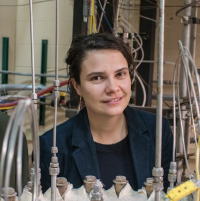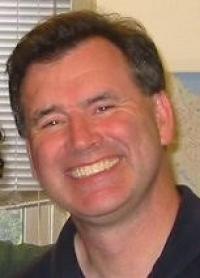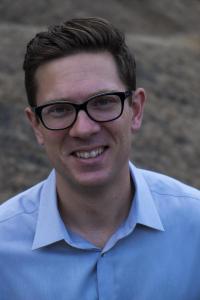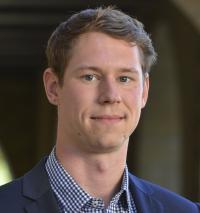Archive for April 2017
IN-CORE TRITIUM UPTAKE BY GRAPHITE IN THE FLUORIDE-SALT COOLED HIGH TEMPERATURE REACTOR (FHR)
SPEAKER: DR. RALUCA O. SCARLAT ASSISTANT PROFESSOR DEPARTMENT OF ENGINEERING PHYSICS UNIVERSITY OF WISCONSIN MADISON DATE/TIME: FRI, 04/21/2017 – 4:00PM TO 5:00PM LOCATION: 3110 ETCHEVERRY HALL Spring 2017 Colloquium Series Abstract: One of the key technological challenges for Fluoride-Salt-Cooled High Temperature Reactors (FHRs) is tritium management. Tritium is produced by neutron activation of the lithium-6 and beryllium-9 isotopes…
Read MoreMagnetic Particle Imaging as a Deep-Penetrating, Quantitative, Sensitive Molecular and Cellular Imaging Method with 100-nM Sensitivity
SPEAKER: PROFESSOR STEVEN CONOLLY M. COOK ENDOWED CHAIR BIOENGINEERING AND EECS UNIVERSITY OF CALIFORNIA, BERKELEY DATE/TIME: MON, 04/17/2017 – 4:00PM TO 5:00PM LOCATION: 3105 ETCHEVERRY HALL Spring 2017 Colloquium Series Abstract: Magnetic Particle Imaging (MPI) is a noninvasive biomedical imaging modality that shows great promise for Molecular and Cellular Imaging. MPI is in the earliest stages of development…
Read MoreControlled Synthesis of Actinide Materials: Science Underpinning Development of Advanced Nuclear Fuels
SPEAKER: DR. STEFAN MINASIAN LAWRENCE BERKELEY NATIONAL LABORATORY DATE/TIME: WED, 04/12/2017 – 4:00PM TO 5:00PM LOCATION: 3105 ETCHEVERRY HALL Spring 2017 Colloquium Series Abstract: The design of advanced nuclear fuels poses considerable challenges in terms of understanding the physical phenomena occurring in complex systems under extreme conditions, with length scales from the atomic to the macroscopic, and over…
Read MoreHeavy elements in nature: from radionuclide decontamination to targeted radiotherapy
SPEAKER: DR. REBECCA ABERGEL STAFF SCIENTIST AND CAREER DEVELOPMENT & DIVERSITY OFFICER, CHEMICAL SCIENCES DIVISION DEPUTY DIRECTOR, INSTITUTE FOR RESILIENT COMMUNITIES LAWRENCE BERKELEY NATIONAL LABORATORY DATE/TIME: TUES, 04/11/2017 – 4:00PM TO 5:00PM LOCATION: 3105 ETCHEVERRY HALL Spring 2017 Colloquium Series Abstract: Recent events have called attention to the persistent possibilities of environmental and human contamination with radioisotopes such…
Read MorePhase stability of nuclear materials in extreme environments
SPEAKER: DR. CAMERON L. TRACY DEPARTMENT OF GEOLOGICAL SCIENCES CENTER FOR INTERNATIONAL SECURITY AND COOPERATION STANDFORD UNIVERSITY DATE/TIME: MON, 04/10/2017 – 4:00PM TO 5:00PM LOCATION: 3105 ETCHEVERRY HALL Spring 2017 Colloquium Series Abstract: Throughout the nuclear fuel cycle materials are subjected to extreme conditions. Nuclear fission and decay yield high temperatures in fuels and wastes, while mechanical stresses…
Read More



